If you have high blood pressure but don’t have time or resources for necessary lifestyle changes, daily breathing exercises can make a drastic difference!
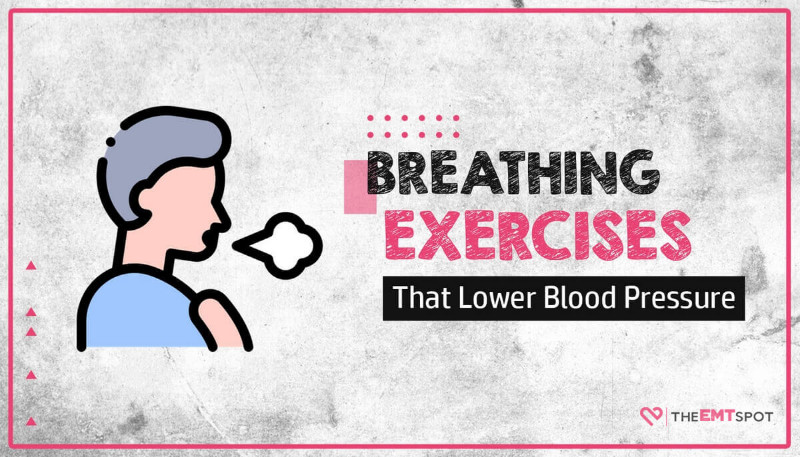
Quick Summary
- Basic daily breathing exercises can help lower and maintain high blood pressure.
- Techniques like 30-second breathing cycles or the 4-7-8 method can effectively relax your nervous system and other body functions.
- Comfort is just as critical as how you breathe and the exercise you follow.
In addition to medication and natural supplements, a nutritious diet, and avoiding smoking, blood pressure can be lowered with exercise.
However, people generally need help to get the recommended amount of exercise because of everyday life. Contrary to popular belief, even simple daily breathing exercises can drastically improve heart health.
A recent study by the American Heart Association suggests that:
“Doing 30 breaths per day for six weeks lowers systolic blood pressure by about 9 millimeters of mercury.”
This method controls blood pressure at the molecular level.
Your involuntary nervous system is relaxed with breath therapy. Consequently, this also manages other body systems, including your heart.
This guide will cover several breathing exercises and techniques to help kickstart your hypertension wellness journey.
Contents
How Do Daily Breathing Exercises Help?
The human body’s autonomic system controls breathing, organ processes, and heartbeat rate. These automatic, involuntary actions are further divided into parasympathetic and sympathetic divisions.
The sympathetic nervous system brings on a defensive reaction. Contracting blood vessels and a raised pulse are common side effects of this activation.
Continuous activation of the sympathetic nervous system can cause numerous health issues. These include irritable bowel syndrome, type 2 diabetes, heart attacks, and more.
On the contrary, the parasympathetic nervous system causes a more relaxed response. Your heart and breathing rate slow down as vessels expand, encouraging blood flow.
The digestive system also resumes as other functions return to normal. For example, deep, slow breathing exercises activate the parasympathetic system.
Moreover, the parasympathetic system slows down your heartbeat, widening blood vessels and lowering pressure. Your body also relaxes other processes like digestion from relaxed breathing.
Your brain associates daily breathing exercises with a calm response to stressful, day-to-day situations. This also enhances your general health and rationality.
Long-lasting results
Another study suggested that breathing exercises for 5 to 10 minutes daily decrease blood pressure in the long run. Participants were asked to use a unique device to make their muscles work harder.
At the end of the six-week experiment, the results were just as beneficial as medication or prescription drugs. Moreover, breathing exercises were superior to lifestyle changes to lower blood pressure, like cutting back on salt or weight loss.
But the highlight is the participants’ blood pressure remained almost as low as during the training period six weeks after stopping the activity!
Researchers concluded this decrease in blood pressure was not due to strengthening muscles or the diaphragm. The reduced sympathetic or “Fight or flight” reaction resulted in more muscular vessels, which is crucial for preventing cardiovascular problems.
4 Effective Daily Breathing Exercises to Reduce Blood Pressure
Try out a few of these breathing exercises to find one that works best.
Before beginning, try your best to find a comfortable position or make tiny adjustments like switching off your phone for extra relaxation.
4-7-8 breathing
Dr. Andrew Weil created the 4-7-8 breathing pattern based on pranayama yoga. It advocates controlling how you breathe. Breathing gets stronger over time with continuous practice.
Initially, the effects are less noticeable, and you might experience dizziness. Follow these steps for one cycle of breathing:
- As you count to four silently, exhale completely through your nostrils, emptying your lungs.
- Hold your breath and count to seven.
- Exhale again, this time from your mouth, while counting to eight.
- Repeat steps one to three up to four times in a row.
Step two is an essential aspect when you hold your breath for seven seconds. It will help you gradually increase up to eight complete cycles.
30-second breathing exercise
The Japanese Society of Hypertension claims that taking six deep breaths in 30 seconds lowers blood pressure significantly. Additionally, it’s a simple and convenient means to manage anxiety, encouraging relaxation.
You only need to:
- Find a peaceful, quiet spot.
- Set a timer for 30 seconds and close your eyes.
- Inhale deeply for six cycles. Breathe in through your nose and exhale from your mouth, taking roughly five seconds between each breath.
This brief practice can help you feel more concentrated and centered no matter what comes your way. A fantastic time to do the 30-second breathing exercise is early morning, as you have yet to be overwhelmed by tasks.
Diaphragm breathing
When you breathe, you consciously tend not to use your lungs to their fullest extent. However, with diaphragmatic breathing, you might breathe more effectively, providing your body with more oxygen.
Furthermore, this technique helps maintain blood flow and pressure. To practice diaphragm breathing:
- Lay on your back with your legs bent. Use a pillow under your neck to align it with your spine.
- Place one hand just below your ribs and the other on your chest to track breathing.
- Inhale slowly through your nose while picturing your abdomen filling with air. Ensure you expand your diaphragm properly as your hands below your ribs raise slightly.
- Exhale gradually from your mouth. Lower your hand again, so it rests below your rib cage.
Repeat the steps above up to four times a day, for five to ten minutes each cycle.
Equal breathing
Also known as Sama Vritti, equal breathing focuses on balancing body and mind. This exercise can be done whenever and wherever you feel comfortable.
To practice equal breathing:
- Find a calm, cozy setting. Close your eyes and relax your mind.
- Inhale slowly, counting to four in silence through your nose.
- At the count of four, let out a mouthful of air. Then, hold your breath before repeating the above steps for four more counts.
Every day try equal breathing up to six times. It works exceptionally well with disorders like sleep apnea and insomnia that increase blood pressure.
Tips For More Effective and Comfortable Breathing
Here are a few considerations to bear in mind as you get ready to experiment with deep breathing:
- Start slow and gradually increase the time between each breath or cycle.
- Tuck your tongue’s tip behind the front teeth to open your airway.
- Take a break if you feel lightheaded or dizzy at any point.
- Lower your time count if you are having a hard time.
- Try not to breathe out quickly and instead take your time.
You can naturally lower your blood pressure using these breathing techniques and other lifestyle modifications.

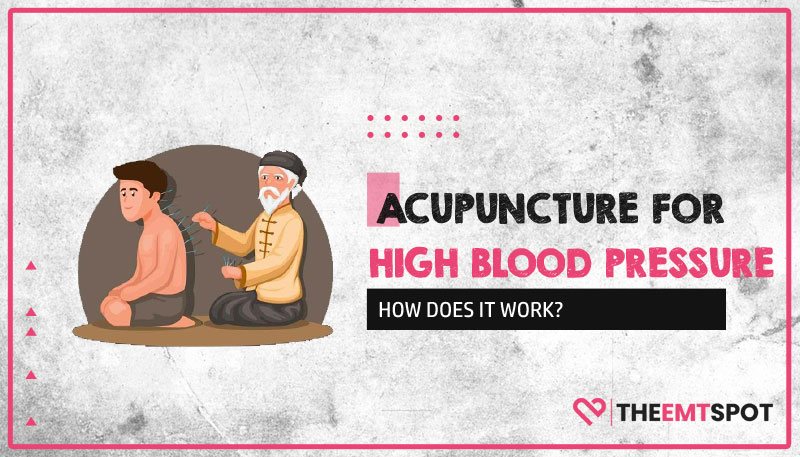
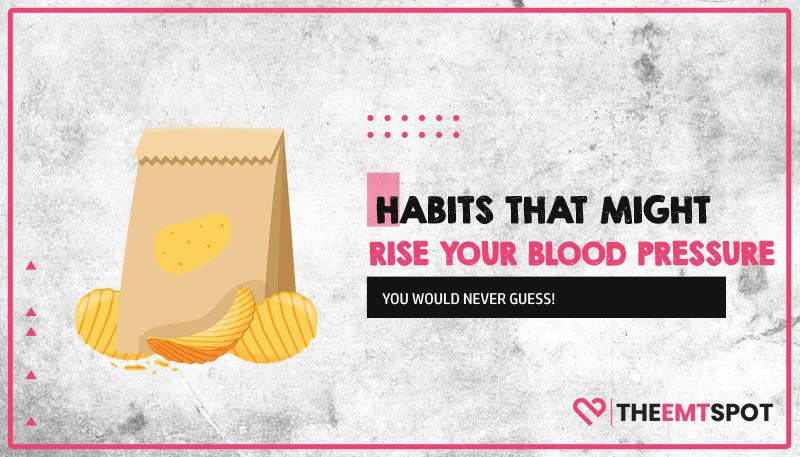
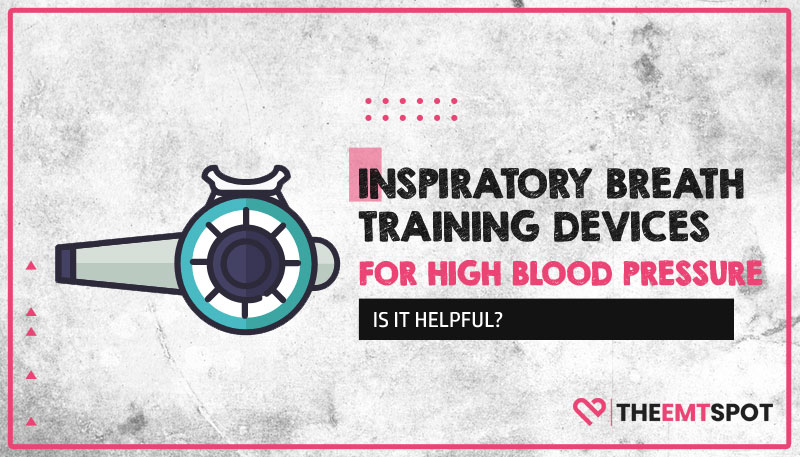
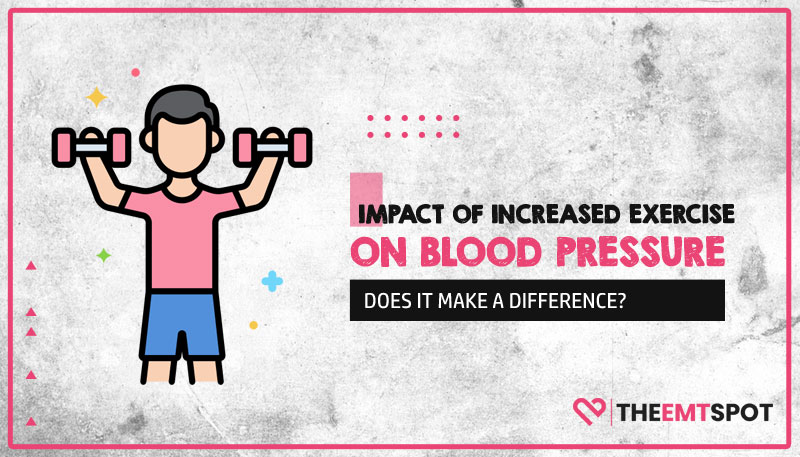
 Robin Backlund is a dedicated journalist and a medical student who has written several articles and essays exposing the falseness and hollowness of online resources in the medical science niche.
Robin Backlund is a dedicated journalist and a medical student who has written several articles and essays exposing the falseness and hollowness of online resources in the medical science niche.